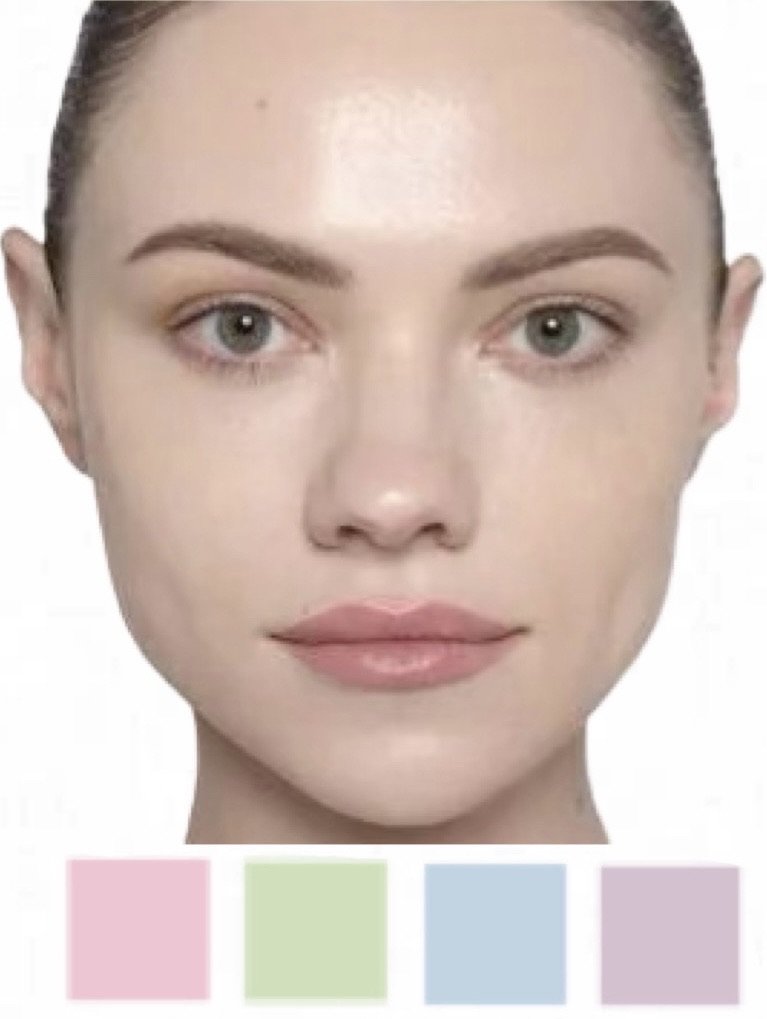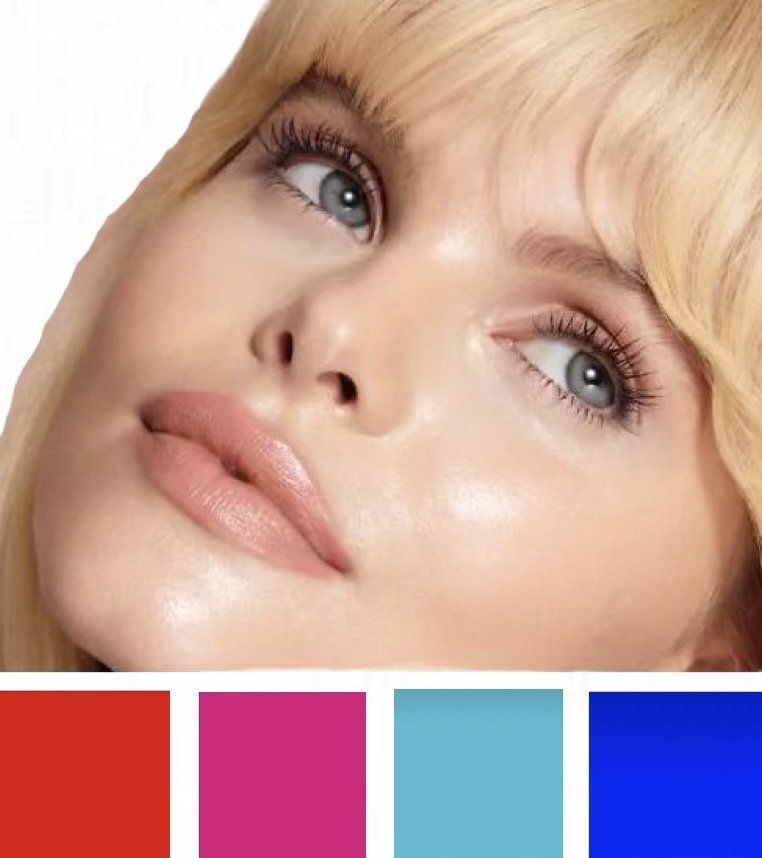Color Seasons: Complement Your Natural Beauty
You’ve heard of flattering angles and silhouettes, but tailoring to your body goes beyond the structure. Color science is real, and learning what shades compliment your skin tone, hair color, and eye color could change how you radiate.
Color science is a system that uses a person's complexion and features to categorize them into a color group that will flatter their natural look. The color groups are traditionally based on the 4 seasons: spring, summer, autumn, and winter. However, some interpretations further break down each season into sub-seasons such as light, true, soft, bright, or dark.
Color Theory Background
Source: Author illustration
Color seasons for fashion and appearance are heavily based on the Munsell Color Theory, a system published in 1905 by artist Albert H. Munsell that organized the color wheel based on hue, value, and chroma.
Hue is a color’s dominant color family, i.e. maroon’s hue is red. Value is how light or dark a color is, by how much black or white is added to the original color. Chroma is how bright or soft a color is, caused by mixing in gray to mute down the original color.
The first person to relate color theory to physical appearance was artist Robert Dorr in 1928. From his background in painting, he noticed that colors with similar undertones complement each other.
He expanded the principle into appearance when he developed the Color Key System which categorized people based on the undertones of their skin into Key 1: cool tone, or Key 2: warm tone. He tested the theory by draping magenta fabric (cool), and then orange fabric (warm), to see what matched the undertones of their skin.
The first person to interpret color theory as seasonal categories was milliner and designer Suzanne Caygill in 1942. Caygill’s system was in-depth with six sub-groups per season and was monumental in exposing the masses to personal color analysis.
Source: Etsy
In the 70s, color consultant Carole Jackson studied Caygill’s color method with renowned illustrator Jerry Pinkney. As Jackson learned she created her own simplified version of the system with just the four seasons and no sub-groups. By 1980, she released her book, “Color Me Beautiful”, instantly popularizing personal color science as it became a best seller because of Jackson's simple, user-friendly guide.
Identifying Your Color Season
The first step to identifying your color season is to determine if the undertones of your skin color are cool or warm-toned. Blue undertones mean you’re cool-toned, and yellow undertones mean you’re warm-toned.
If you fall into the cool-tone seasons, you will be either a summer or a winter. If you fall into the warm-tone seasons, you will be either a spring or an autumn.
You then must consider your hair and eyes, how light or dark they are (value), and how bright or muted they are (chroma). The combination and contrast these features have from each other determines a person’s season because high-contrast seasons tend to have bold, clear shades while low-contrast seasons have softer shades that are easier to pair together.
Source: Author illustration
Summer: Cool, Light, Soft
If you have blue undertones with light, muted features, you are a summer. It is the low contrast of the cool tone seasons. Colors that pair well with summers are pastels.
Winter: Cool, Dark, Bright
Think Snow White, cool, pale skin, against dark bold hair. These bright, bold shades make winter the high-contrast cool tone season. Colors that compliment winters are deep, strong colors like magenta, maroon, forest green, and navy.
Spring: Warm, Light, Bright
Warm undertones with bright features mean you are a spring. Springs have high-intensity features so colors that look nice on springs are bold and close to their hue. Examples include bright red, emerald greens, royal blue, and any other strong hue shades will do.
Autumn: Warm, Dark, Bright
Though autumn is the lower contrast of the warm tones, its features are still more bright than soft, meaning autumns have deep, rich colors to their features. Colors that go well on autumns are tans, deep reds, deep greens, and browns.
Now that you understand color theory, give it a try! Assess your natural features and test color theory by trying on your season’s complementary colors.
While personal style is fun, and dressing for what makes you feel good is the most important thing, color seasons are a science. It can’t hurt to use them as a helping hand to guide us along the way.







